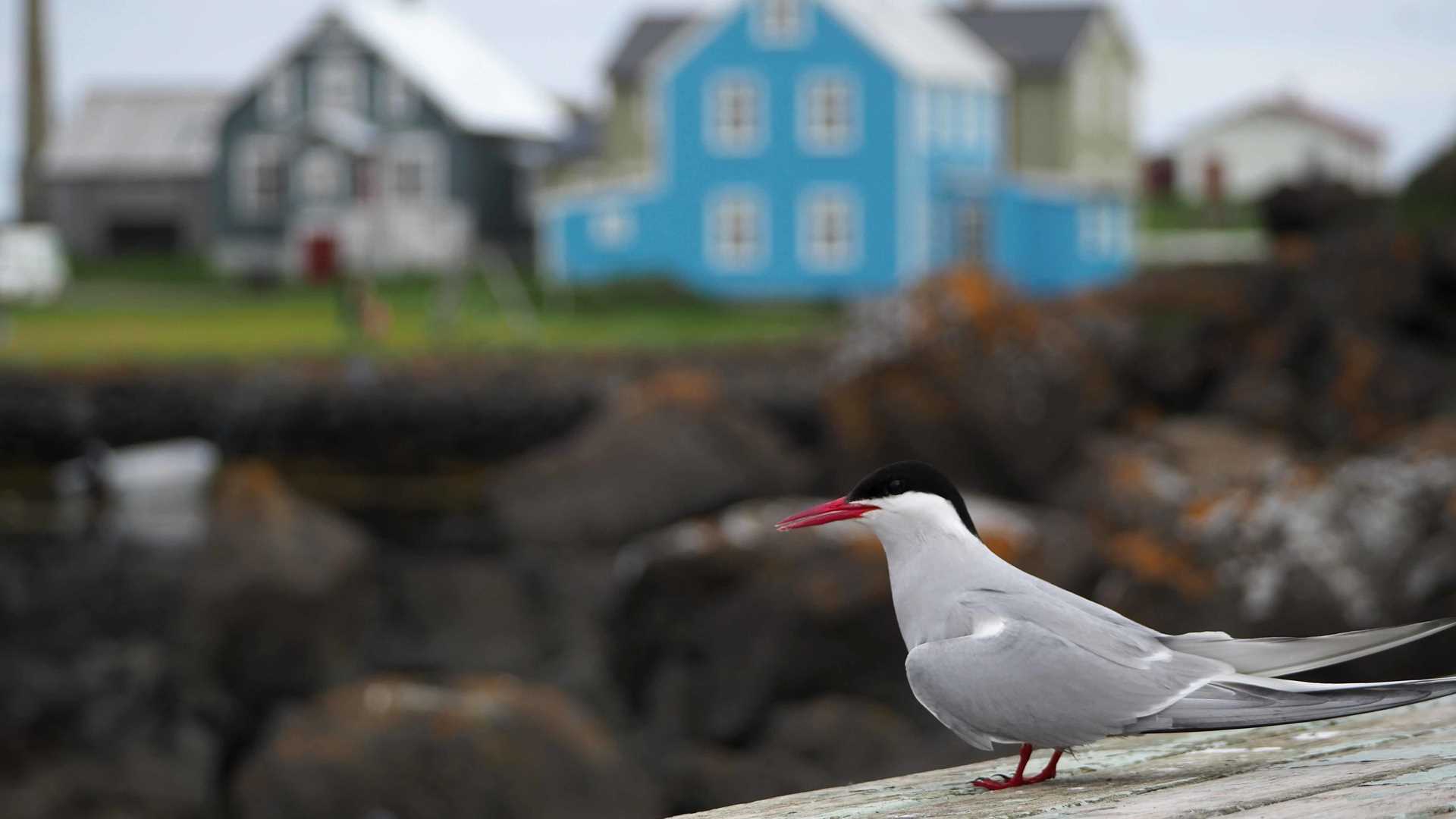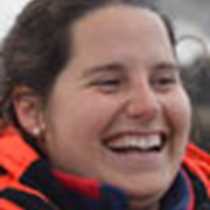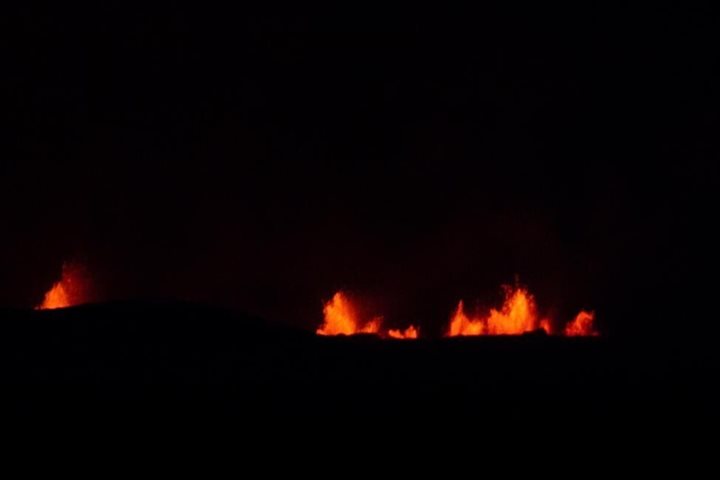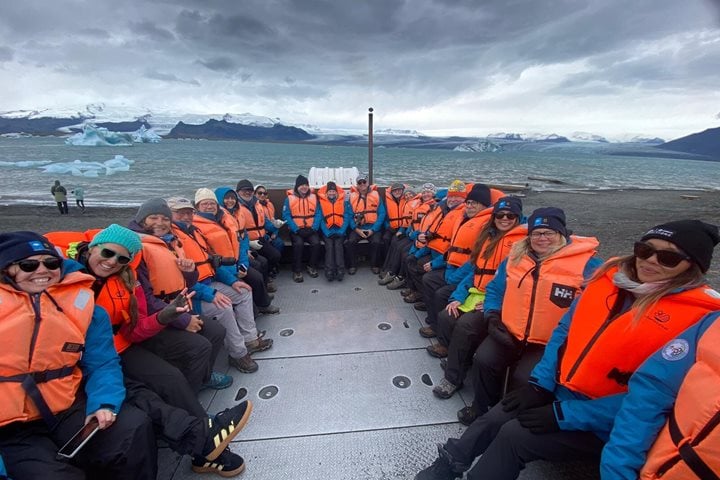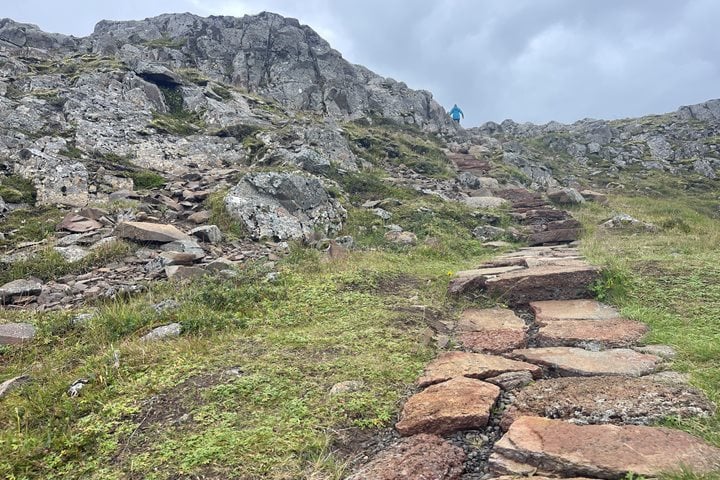We started our journey with a perfect departure from Reykjavik, with clear skies and green mountain landscapes ahead of us and the opera house, Harpa, glistening in the distance behind us as we sailed away.
Flatey is an island located in Breiðafjörður, in the northwest of Iceland. It is by no means a large island—just 1 km by 2 km—but Flatey’s geographical position and agricultural characteristics have made it a cultural center since the Middle Ages. The traditional, colored wood houses dotting the island are now picturesque summer homes for many visitors. We spent our morning exploring this tiny, basaltic island where only six people live year-round.
Following the only road on the island, we passed by the church. Remarkable paintings from the 1960s-era Catalan artist, Baltasar Samper, decorate the interior with scenes of island life.
Just behind the church, a cozy, yellow, wood house holds the oldest and smallest library of Iceland, established in 1864. Inside there can be found a replica of the Flatey Book, a medieval Icelandic manuscript.
On the other side of the island, an old fishing warehouse has been completely renovated, and it is now a coffee shop and the island store. There, we had a great introduction to Icelandic history, culture, myths, and legends by Svavar Knútur, a musician and true storyteller who shared his lovely melodies with us.
To top off our first day, we had an amazing Zodiac cruise alongside the Látrabjarg cliffs, the westernmost point of Iceland. Fourteen km long and 440 m high, these preglacial lava formations were created around 12 to 14 million years ago during several volcanic eruptions. Between the layers of lava are old soil horizons. The soil eroded faster than lava and created excellent shelves for nesting birds. Today, millions of birds—puffins, razorbills, common murres, kittiwakes, black guillemots, and Arctic terns—live and breed on the cliffs in the summer.

